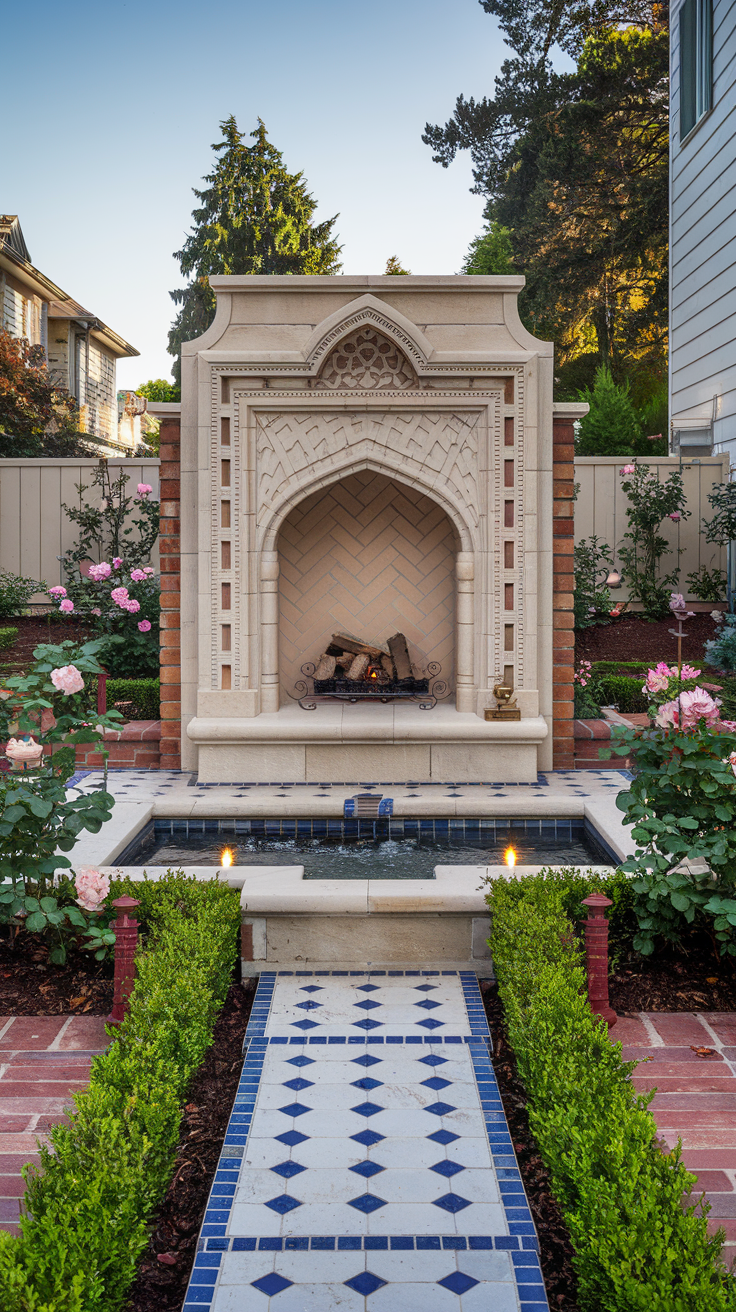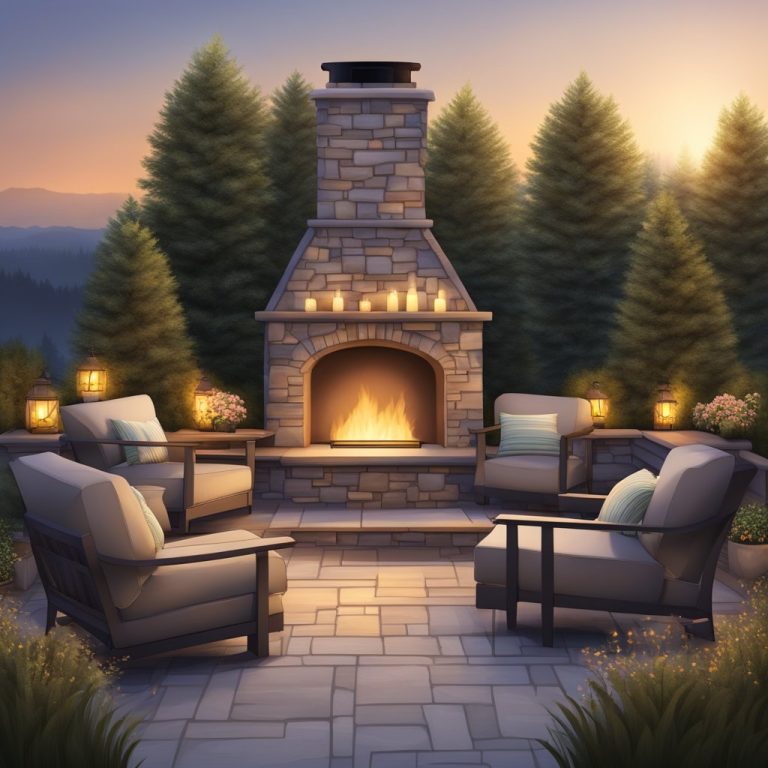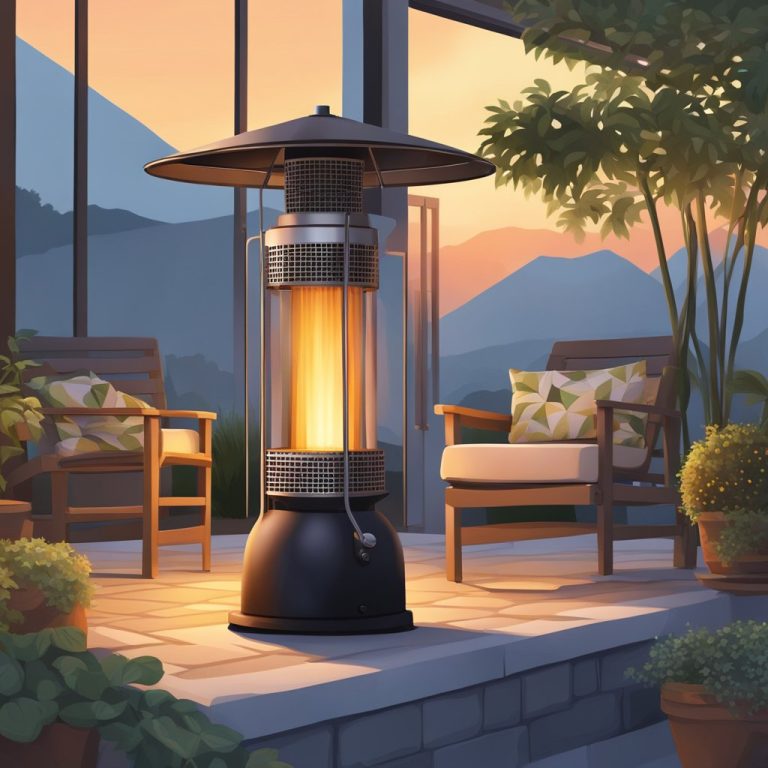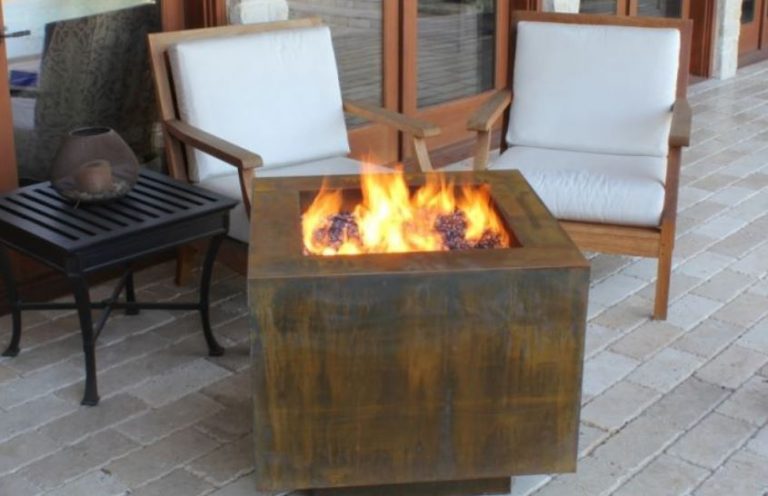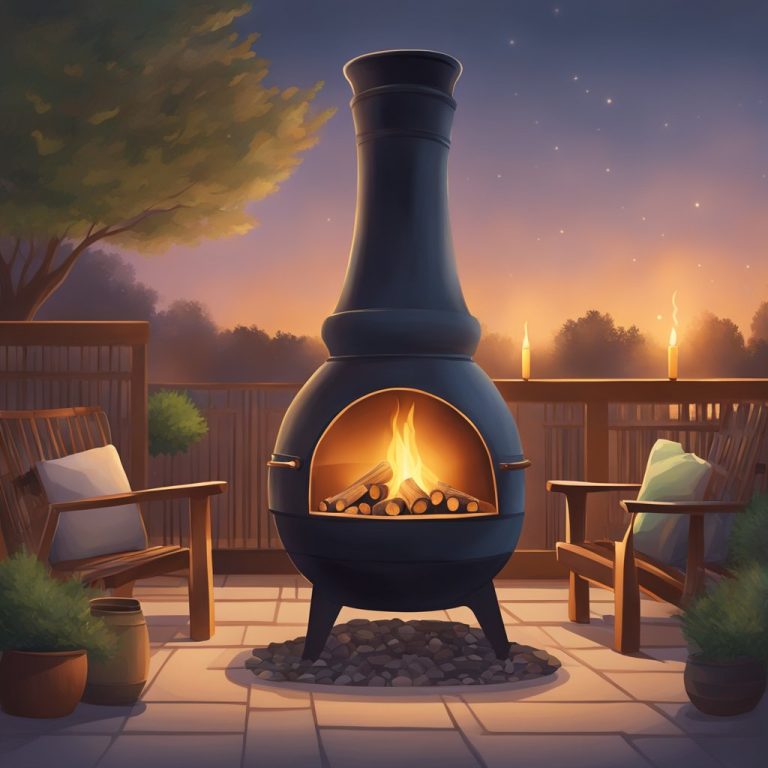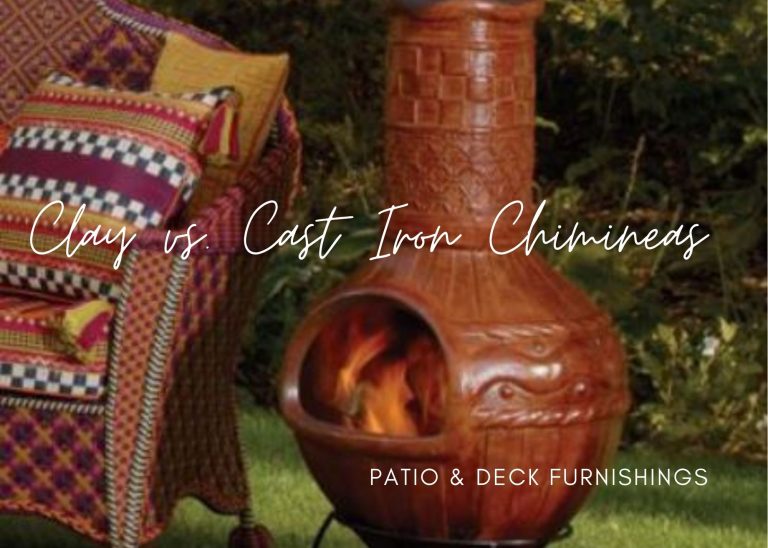Eternal Flame: 9 Outdoor Fireplace Ideas Inspired by Ancient Cultures
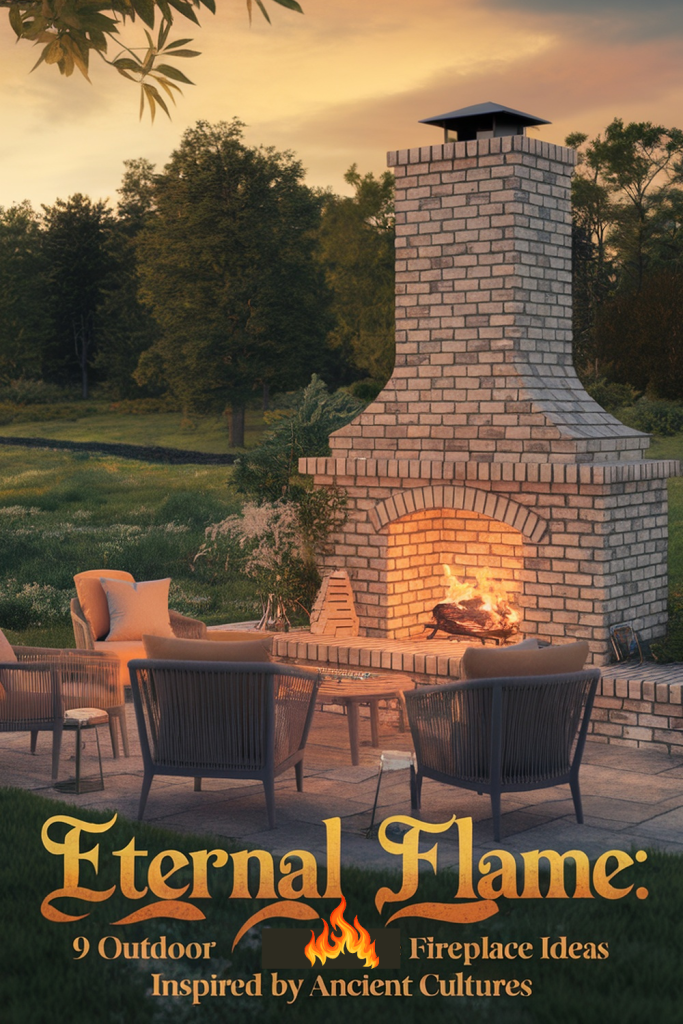
Eternal Flame: 9 Outdoor Fireplace Ideas Inspired by Ancient Cultures
Fire was humanity’s first technology, and our relationship with it runs deeper than mere warmth or cooking. Across cultures and millennia, the hearth has been the beating heart of civilization—a place where stories were born, bonds were forged, and the sacred met the everyday. Today’s outdoor fireplace renaissance isn’t just about luxury living; it’s an unconscious return to something primal, a yearning for the communal power that fire has always held.
The most compelling modern outdoor fireplaces don’t just burn wood—they burn with the wisdom of ancient cultures, each design carrying forward thousands of years of human understanding about how fire shapes space, community, and ritual.
The Roman Legacy: Engineering Eternal Gathering
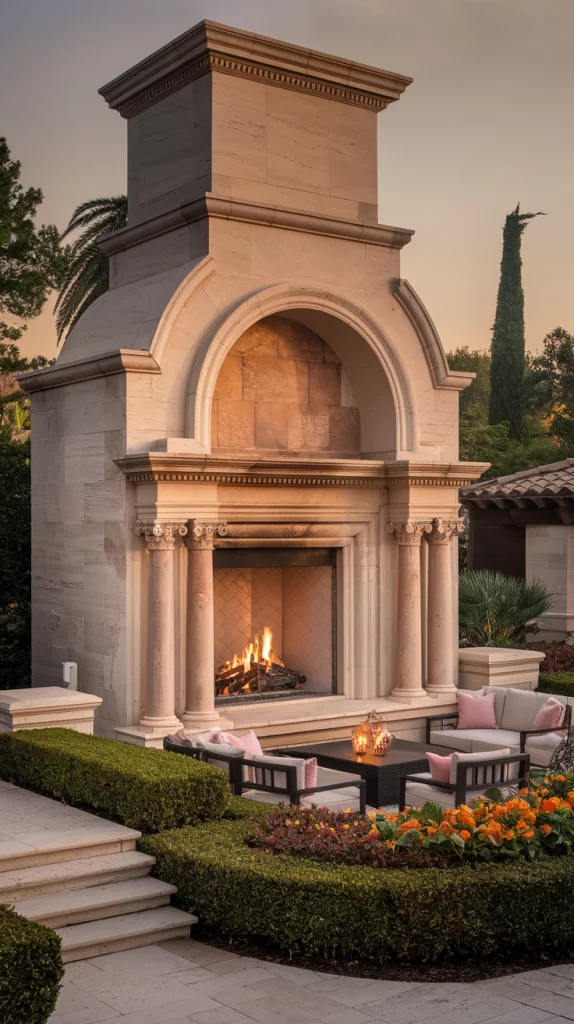
When Romans built their villas, they understood something profound about fire and social architecture. Their semicircular apses weren’t just aesthetic choices—they were acoustic and social engineering. The curved stone backs of Roman hearths reflected both heat and sound, creating intimate amphitheaters where conversation could flow as freely as wine.
Modern Roman-inspired outdoor fireplaces capture this genius through their arched stone backs and grand facades. But here’s what makes them work: the semicircular design naturally draws people into a U-shape, preventing the awkward “fireplace staring contest” that plagues many modern installations. The stone thermal mass stores heat long after the flames die, extending the gathering well into the night—exactly as Roman engineers intended two millennia ago.
The Mayan Connection: Sacred Geometry in Flame
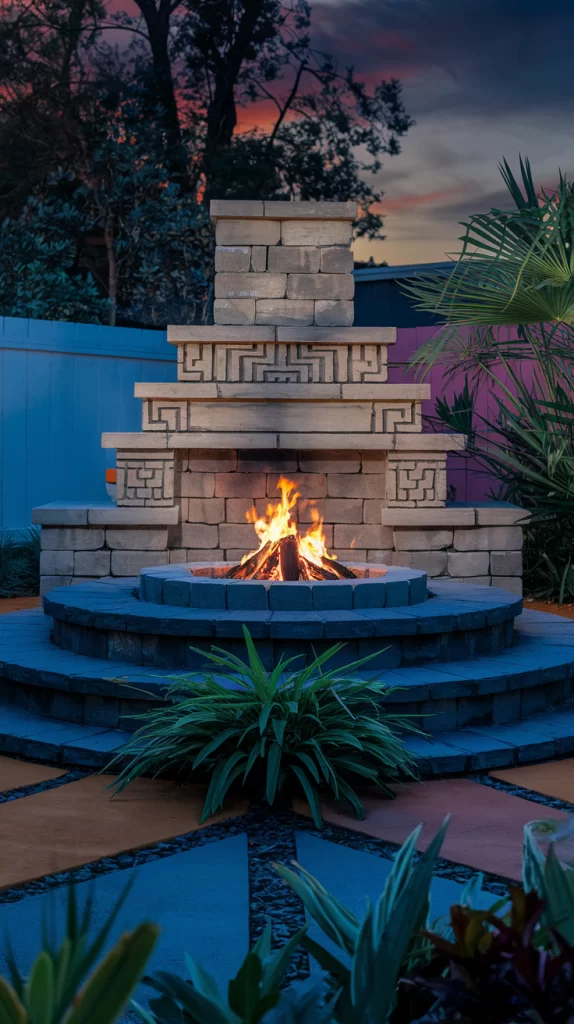
The stepped pyramids of the Maya weren’t just monuments to gods—they were sophisticated understanding of how elevation creates drama and meaning. Fire placed at the center of tiered stone platforms transforms from mere heat source to altar, commanding attention and respect in ways that flat fire pits simply cannot.
This ancient wisdom translates powerfully to modern spaces. A Mayan-inspired tiered fireplace doesn’t just look impressive; it solves practical problems. The stepped platforms provide natural seating at different heights, accommodate varying group sizes, and create wind protection for the flame. More importantly, they tap into something archetypal—the human need for ceremony and the sacred, even in our own backyards.
Japanese Irori: The Art of Grounded Presence
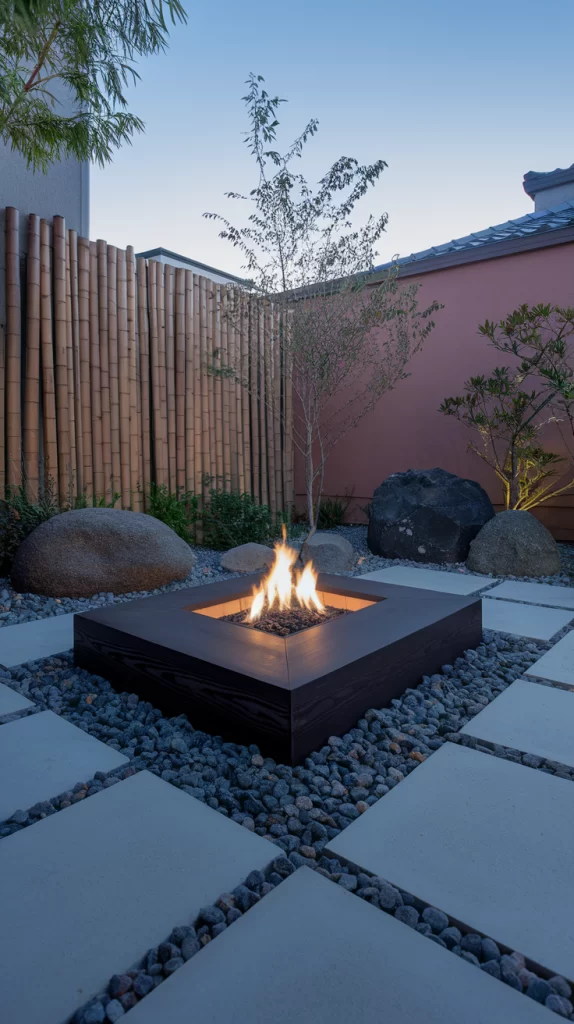
While Western cultures often elevated fire as spectacle, Japanese tradition sunk it into the earth. The irori hearth sat flush with the floor, creating what the Japanese call ma—purposeful negative space that invites contemplation rather than performance.
Modern interpretations of irori design offer something our overstimulated world desperately needs: quietude. These ground-level, minimalist fireplaces force us to slow down, to sit closer to the earth, to find comfort in simplicity. They’re perfect for smaller spaces where a towering fireplace would overwhelm, and they create intimacy that elevated designs cannot match.
The Greek Agora: Democracy by Firelight
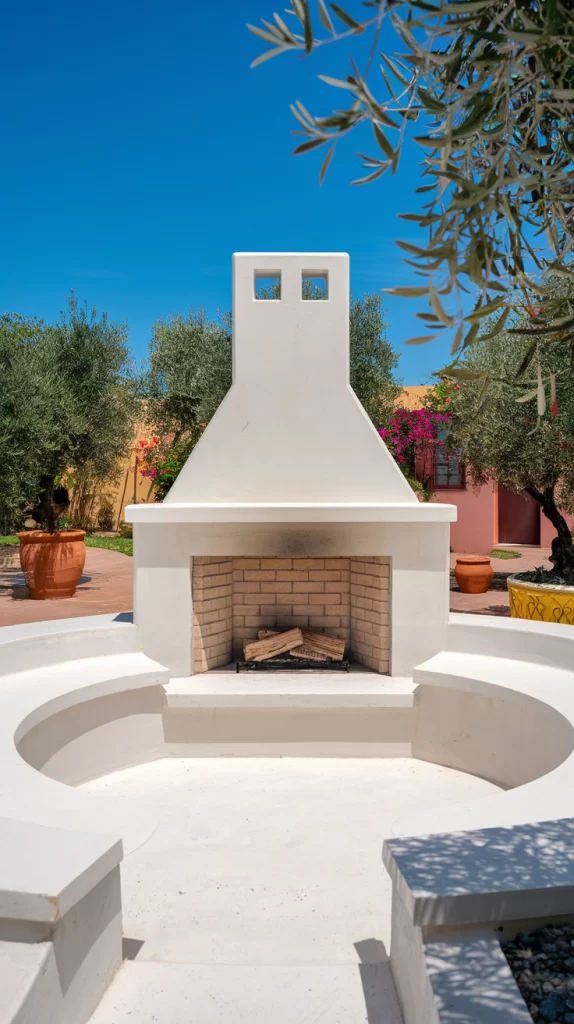
The ancient Greeks knew that architecture shapes behavior. Their agora wasn’t just a marketplace—it was the birthplace of democracy, where citizens gathered as equals around a central flame. The white stone construction wasn’t merely aesthetic; it reflected light, extending usable hours and creating a sense of openness that encouraged participation.
Greek-inspired outdoor fireplaces work because they embrace this democratic principle. With their open designs, light-colored surfaces, and amphitheater-style seating, they create spaces where everyone feels included, where conversation flows naturally, and where the fire becomes a moderator rather than a mere heat source.
Moorish Sophistication: Where Art Meets Function
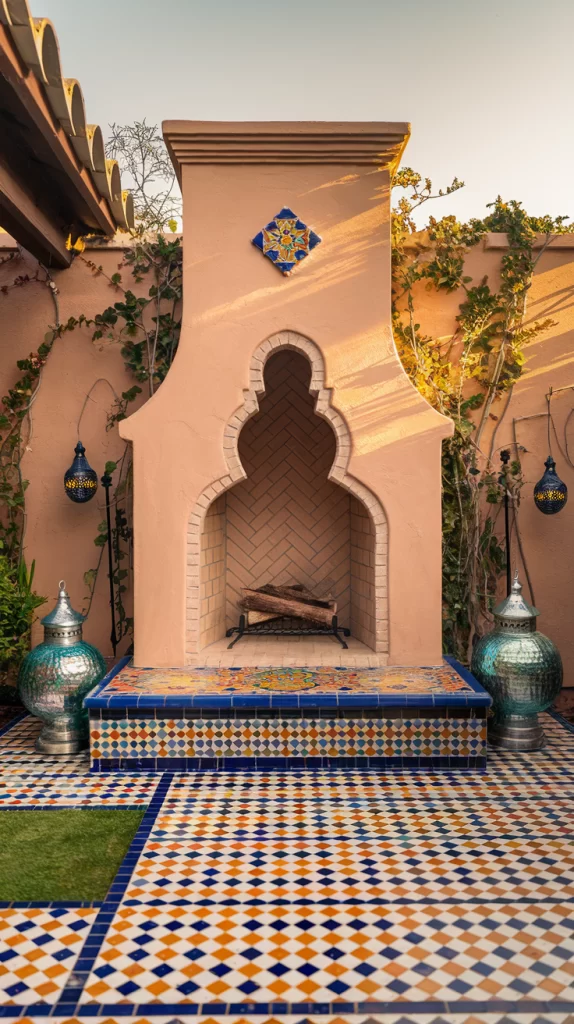
The Moorish architectural tradition emerged from a collision of cultures—Islamic geometric principles meeting Andalusian sensuality. Their courtyard fireplaces weren’t just functional; they were jewels, incorporating hand-painted tiles, horseshoe arches, and intricate stonework that transformed fire into art.
This tradition offers modern homeowners something rare: the ability to make fire genuinely beautiful. Moorish-inspired outdoor fireplaces don’t just warm bodies—they feed souls. The tilework catches and reflects firelight in mesmerizing patterns, the arched forms create natural windbreaks, and the overall effect elevates the entire outdoor space from functional to transcendent.
The Pueblo Wisdom: Fire as Earth’s Gift

The kiva fireplaces of the American Southwest represent perhaps the most honest relationship with fire—one that sees flame not as conquered nature but as earth’s gift. These rounded, adobe forms grow from the ground rather than being imposed upon it, their beehive shapes reflecting the natural tendency of fire to reach skyward.
Modern kiva-inspired fireplaces offer something increasingly precious: authenticity. In a world of mass-produced outdoor furniture and cookie-cutter fire features, these earth-built forms feel genuinely rooted, literally and figuratively. They’re perfect for desert landscapes but work surprisingly well in any setting where natural materials and organic forms are valued over geometric precision.
Persian Gardens: Fire as Architectural Jewel
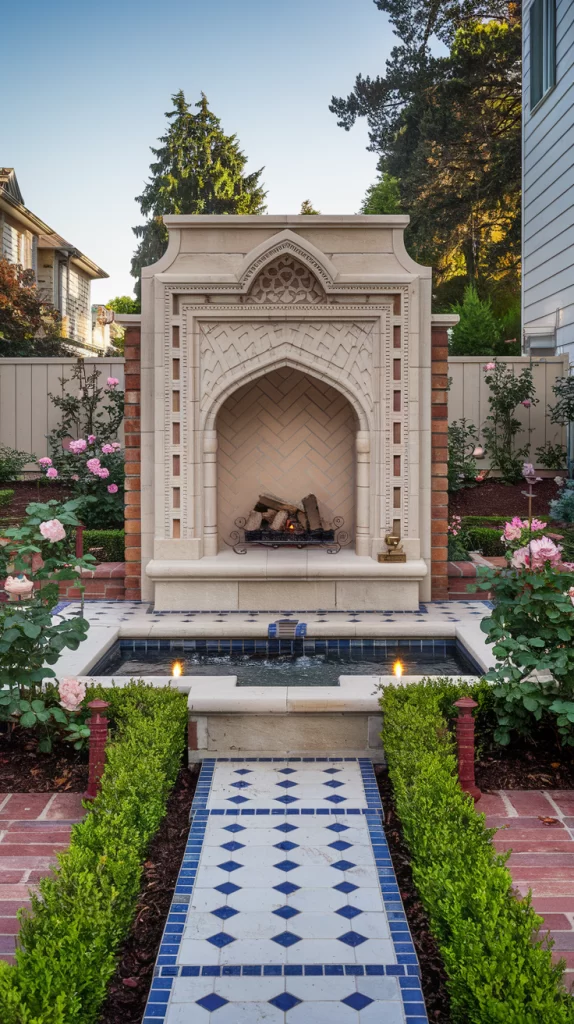
The ancient Persians elevated fire design to high art, treating flame not as a utilitarian necessity but as a precious element worthy of architectural reverence. Their fire niches—carved alcoves set into garden walls—represented a sophisticated understanding of how fire could be both protected and displayed, creating intimate spaces within larger outdoor environments.
Persian-inspired outdoor fireplaces offer something unique: the ability to create a room without walls. The recessed firebox, often surrounded by intricate geometric tilework, becomes a focal point that defines space while maintaining openness. These designs work brilliantly in contemporary settings because they solve the modern challenge of creating intimacy in large outdoor areas, turning vast patios into cozy outdoor rooms through the simple magic of an architecturally framed flame.
Etruscan Artistry: Fire as Mobile Theater
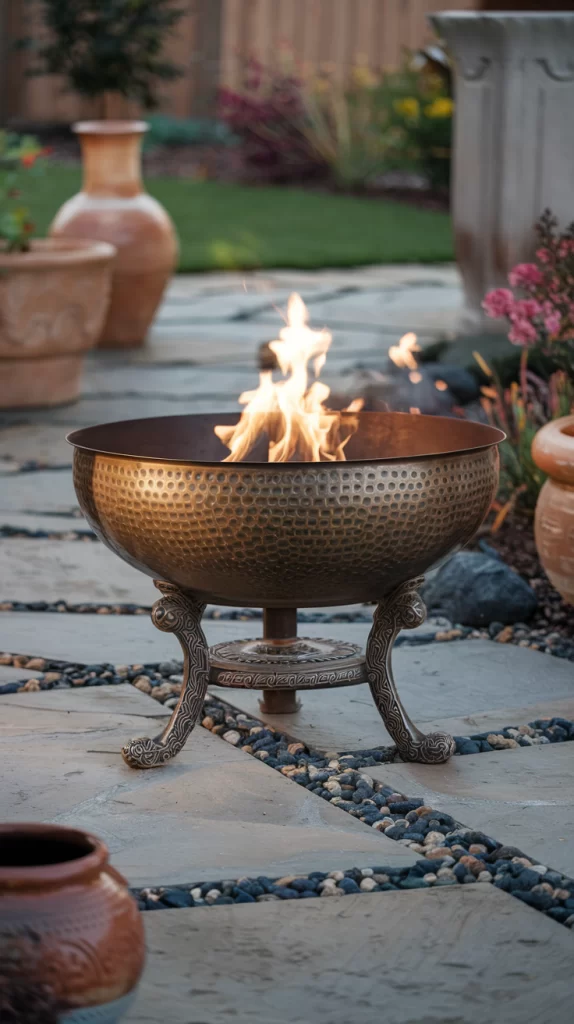
Before the Romans conquered Italy, the Etruscans were creating bronze fire vessels that were as much sculpture as hearth. These elevated bowls, often supported by ornate tripods or decorative stands, represented a revolutionary idea: fire as portable art. The Etruscans understood that fire didn’t have to be anchored to a single spot—it could move, adapt, and transform spaces as needed.
Modern Etruscan-inspired fire vessels capture this flexibility while adding contemporary practicality. Raised bronze or copper bowls with patinated finishes bring warmth to any outdoor space without requiring permanent installation. They’re perfect for renters, for those who like to rearrange their outdoor furniture with the seasons, or for anyone who appreciates the theatrical drama of flame elevated above the everyday ground plane.
The Nordic Circle: Survival as Sacred Ritual
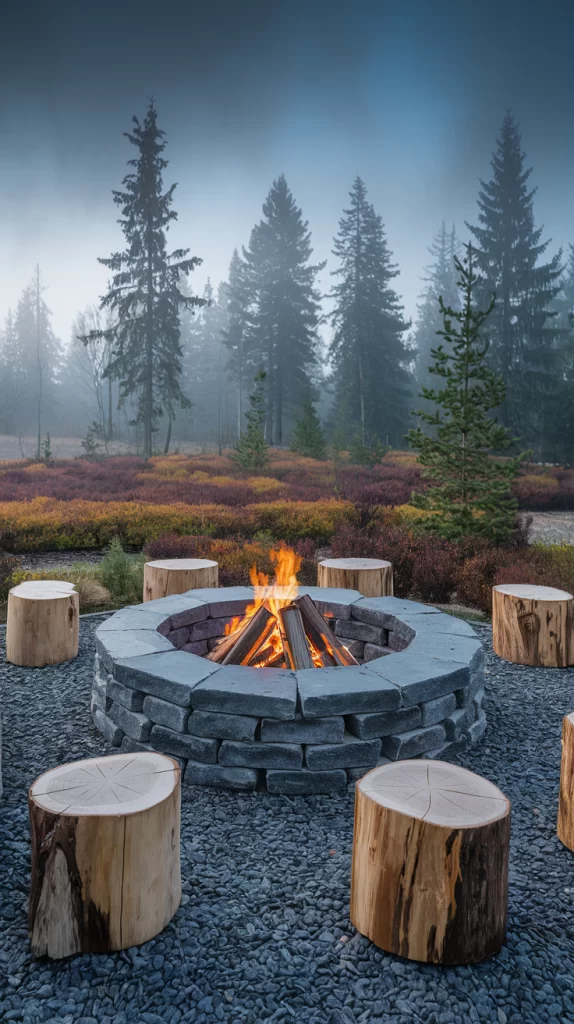
The Vikings understood fire’s role in survival, but they also grasped its power to create community in the face of harsh realities. Their stone fire circles were democratically arranged—no head table, no hierarchy, just equals sharing warmth and stories under vast skies.
Modern Nordic-inspired fire rings tap into this egalitarian tradition while solving contemporary problems. They’re inherently social, infinitely flexible for different group sizes, and maintenance-free in ways that complex fireplaces are not. In our increasingly isolated world, they offer something profound: the simple pleasure of gathering without pretense.
Ancient Flames, Modern Needs
These ancient traditions endure because they solve human problems that haven’t changed: our need for warmth, beauty, community, and connection to something larger than ourselves. The best outdoor fireplaces don’t just burn fuel—they burn with the accumulated wisdom of cultures that understood fire’s true power.
In choosing an ancient-inspired design, we’re not just decorating our spaces; we’re connecting with the deepest human traditions and creating places where the timeless ritual of gathering around flame can continue for generations to come.

